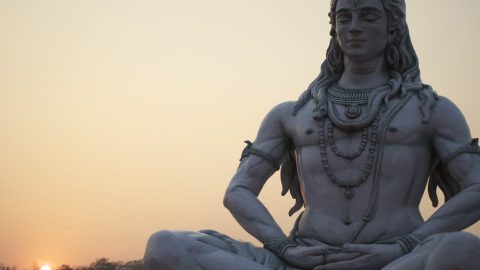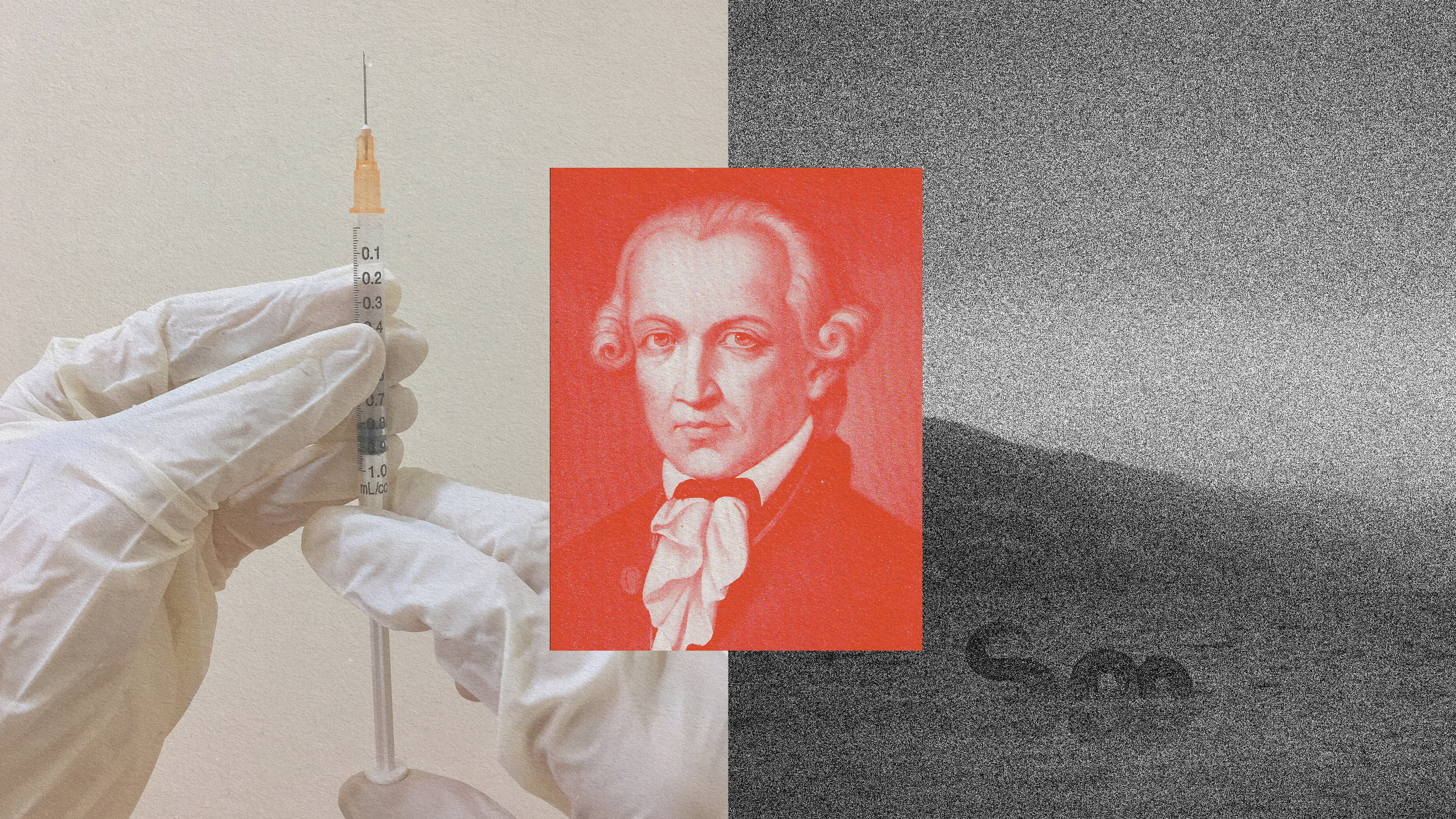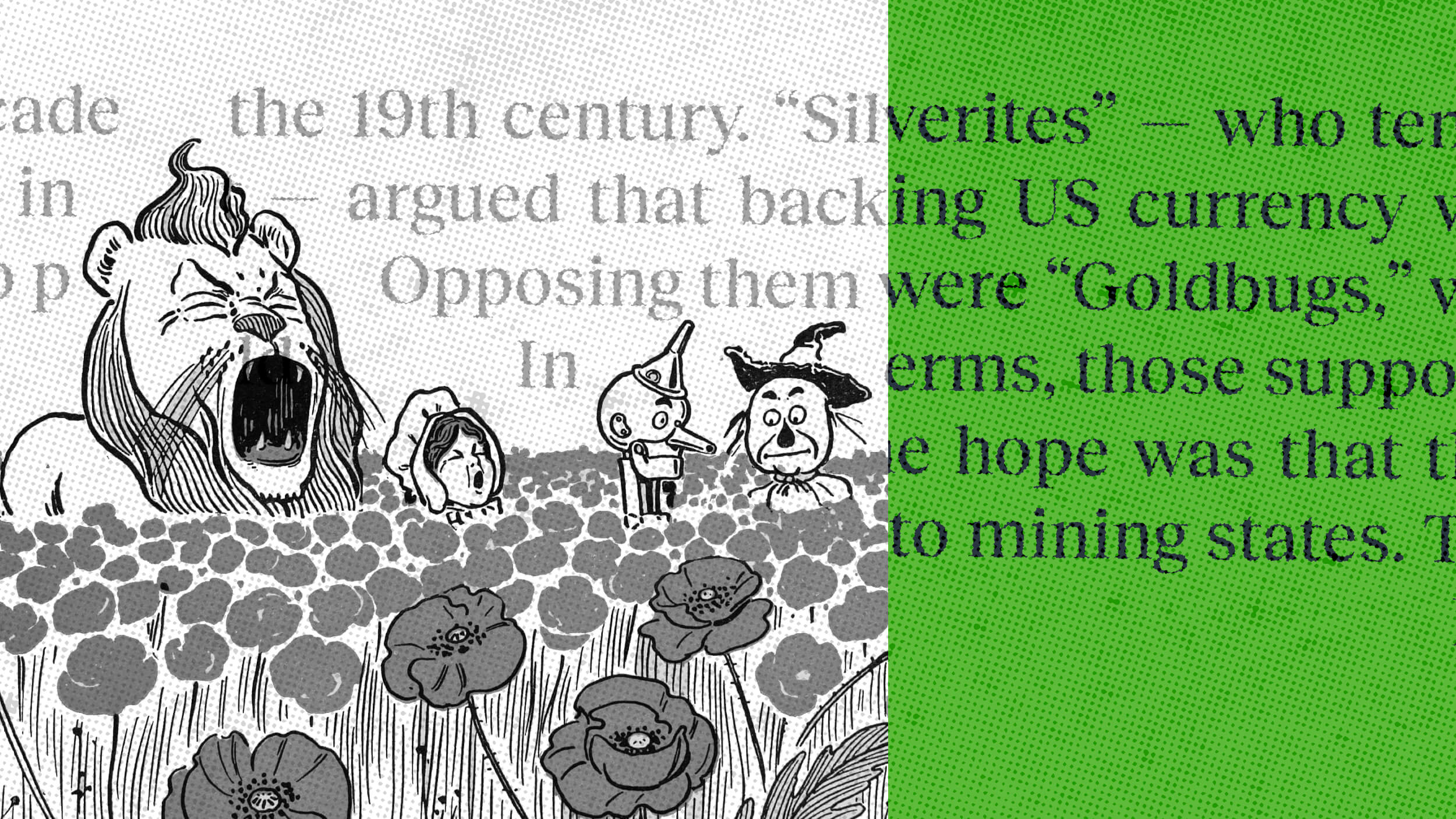Science and the spiritual void

A few years ago, I was invited to give a live interview for a radio station in Brasília, the capital of Brazil.
In an unusual twist, the interview took place at rush hour in the city’s very busy bus terminal, where poor rural workers ride in to work in town—cleaning the streets, working in factories, and in private homes. The interviewer and I were standing on an improvised stage, in front of the passersby.
The experience would mark me for the rest of my life and set a new professional goal not just as a science popularizer, but as a bridge-maker between the material world and our yearning for spirituality.
The interviewer asked me about the scientific take on the end of the world, inspired by a book I had the just published, 2003’s The Prophet and the Astronomer: Apocalyptic Science and the End of the World. There are many ways in which science can address this question; there’s no shortage of examples of natural disasters that show clearly, and often tragically, that the forces of Nature are beyond our control.
But the focus of my book was not on natural disasters per se, but on cataclysmic celestial events and how they have inspired both religious narratives and scientific research, past and present. This is a worldwide cultural phenomenon, present in narratives across the globe spanning thousands of years of recorded history. Both in the Bible’s Old (e.g., Book of Daniel, Sodom and Gomorrah) and New Testaments (e.g., Apocalypse of John, aka the Book of Revelation), there are many instances of stars and fire and brimstone falling from the sky. The Celts believed the skies would fall on their heads to mark the end of a time cycle. Likewise, the Hindus believed that the god Shiva controlled the fate of the cosmos, creating and destroying it in cycles that repeated throughout time.
Unusual celestial phenomena such as comets, eclipses, and meteorites have been associated as portents for thousands of years. Symbolically, they are how the gods communicate their discontent to the faithful below.
During that radio interview, I mentioned how the dramatic impact of a 6-mile-wide asteroid that hit the Yucatan peninsula of Mexico 65 million years ago had triggered the extinction of the dinosaurs. I explained how that event changed the history of life on Earth, freeing the small mammals of the time from predator pressure. Those little critters, after millions of years of evolution, became us. Mine was a very different narrative of our origins than that told in the Bible, the main reference for most of my impromptu bus-terminal audience.
“Take God away from us?”
That’s when a man in the bus terminal, with shabby clothes and grease stains on his face, spoke up: “So, the doctor wants to take even God away from us?”
I froze. The despair in that man’s voice was apparent. He felt betrayed. His faith was the only thing he held on to, the only thing that gave him strength to come back to that bus station every day to work for a humiliatingly low minimum wage.
If I took his God away and put in his place the rational argumentation of science with its empirical validation methodology, how would that be meaningful to this man? How would it help him go on with his life? How could science teach him to cope with life in a world without the healing power of supernatural belief?
I realized then how far we scientists are from the needs of most people—how far removed our discourse is from those who do not already seek science for answers, as surely most of you reading this essay already do. And I realized that in order to reach a larger audience, to bring the wonders of science to a much larger slice of the population, we must start from the youngest age with an outstanding science education, filled with wonder and discovery. We have to complement the passion people direct to their faith with an appetite for wonder about the natural world and our place in it. We have to teach that science has a spiritual dimension—not in the sense of supernaturalism, but in how it connects us with something bigger and grander than we are.
I also realized how futile it was to stand up there and proudly proclaim how much scientists have discovered of the world and how much we can explain to someone whose faith is the main drive in life—to someone who asks, “Why should I believe what you are saying about the universe being 13.8 billion years old more than I believe that Jesus is God’s son?” Or to another who says, “How do I believe your truth?”
I saw the road open for me: an effort to make scientific education (formal and informal) not just informative but transformative.
I answered the man, in a shaky voice, that science doesn’t want to take God away from people, even if some scientists do. I said science tries to describe in the best possible way how the world works, unveiling the wonders of the universe big and small for all to share and appreciate. I went on to explain that scientific research is a very passionate enterprise, one that brings us closer to Nature, to the ongoing mysteries we face as we try to understand more and more of the universe.
The man smiled. He didn’t say anything, but I am sure he saw in the scientific drive for understanding the world the same passion that drove him toward his faith. In our own way, we understood that we were both captivated by a very similar sense of mystery.
I left the interview and went for a long walk around a large lake. And I thought of how Einstein believed the scientific enterprise was the only true religion, as we devote our lives to understand what we can of Nature . . . driven by a deep sense of awe and filled with humility.
The post Science and the Spiritual Void appeared first on ORBITER.





